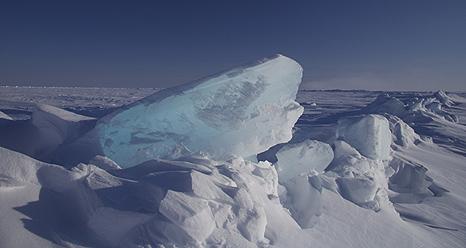NASA data and scientists contributed to a new study out of the United Kingdom that shows Arctic sea ice volume declining in recent years.
News
NASA Airborne Science: Studying our Environment
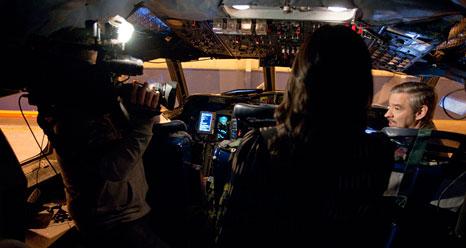
News media, social media followers and educators learn about NASA's airborne Earth and environmental science program, briefed on current and upcoming missions.
PODEX Experiment to Reshape Future of Atmospheric Science
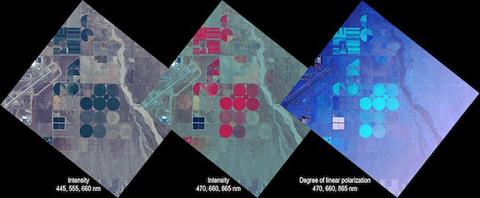
David Starr, project scientist of the PODEX experiment, discusses a new class of instruments that could reshape the next generation of atmospheric science.
NASA Working to Improve Air Quality Knowledge
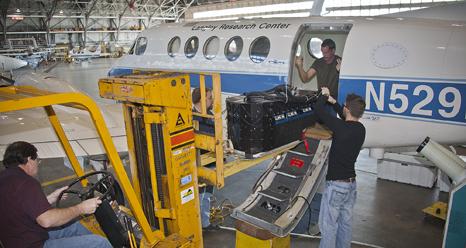
Residents in Calif.'s San Joaquin Valley will see some unusual air traffic over their region in January and February of 2013 -- two NASA aircraft will fly between Bakersfield and Fresno - one as close as 1,000 feet to the ground – to measure air pollution with a number of onboard science instruments.
NASA Chases Climate Change Clues
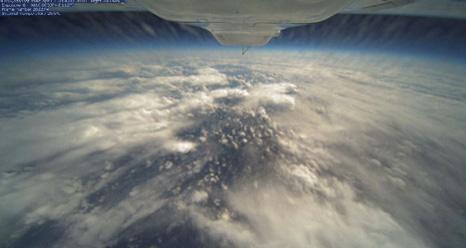
Starting this month NASA will start the first flights of the Airborne Tropical TRopopause EXperiment (ATTREX).
IceBridge Data Brings New Twist to Sea Ice Forecasting
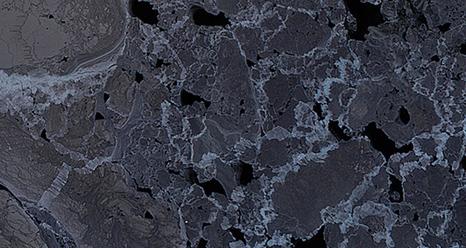
Sea ice thickness data gathered in April 2012 by NASA's Operation IceBridge has been used in seasonal sea ice forecasts for the first time.
ER-2 806 on Flight Status; Science Missions Slated

After a maintenance period that included several upgrades, the high-altitude aircraft is ready for new series of Earth and space science missions.
NASA to Showcase Airborne Science for Social Media
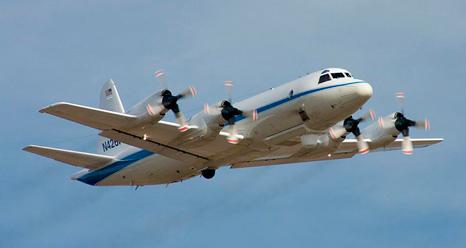
NASA's P-3B, other science aircraft and several airborne Earth science missions to be focus of Jan. 25 event at NASA's Dryden Flight Research Center.
Space Act Agreement Expands Ikhana CC2 Capabilities
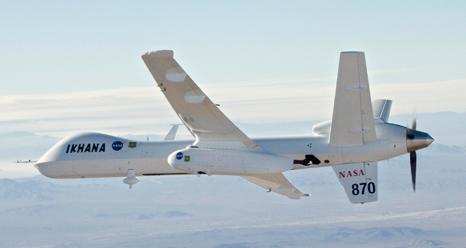
NASA / GA-ASI agreement covers development and flight testing of new command and control system to enable operations in remote geographical regions.
Antarctic IceBridge Flights: a Record of Change

Researchers with NASA's Operation IceBridge recently completed a five-week field campaign based out of Punta Arenas, Chile.
Radar Survey Flights Resume Over San Andreas Fault
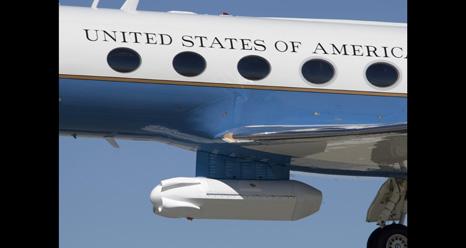
JPL's synthetic aperture radar carried by NASA's C-20A can document any subtle deformation in the Earth's surface along the central San Andreas Fault.
NASA's HS3 Hurricane Mission Ends for 2012
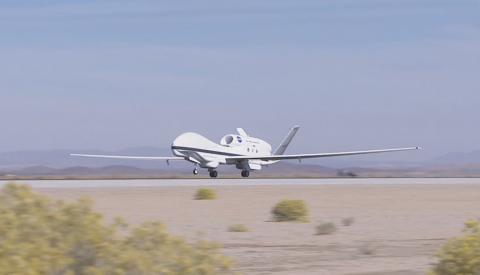
NASA's 2012 HS3 mission came to an end Nov. 6 when an unmanned Global Hawk aircraft flew a final data-collection mission in the North Pacific Ocean.
2012 Antarctic IceBridge Mission Concludes

NASA's Operation IceBridge closed out its 2012 Antarctic season with two surveys of Antarctic glaciers and two long-awaited flights over sea ice in the Weddell Sea.
Operation IceBridge Hosts Distinguished Guests

U.S. Ambassador to Chile, Alejandro Wolff, and his Secretary for Economic Affairs, Josanda Jinnette, flew onboard the NASA DC-8 over Antarctica on October 25, 2012
NASA Radar Penetrates Thick, Thin of Gulf Oil Spill
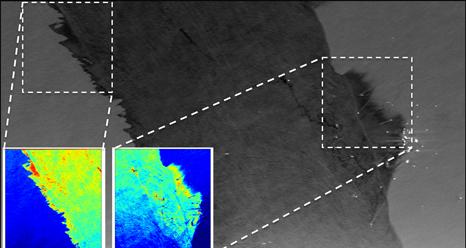
Researchers at NASA's Jet Propulsion Laboratory and the California Institute of Technology in Pasadena have developed a method to use a specialized NASA 3-D imaging radar to characterize the oil in oil spills, such as the 2010 BP Deepwater Horizon spill in the Gulf of Mexico. The research can be used to improve response operations during future marine oil spills.
NASA C-20A Completes Radar Study of Pacific Rim Volcanoes

NASA's Airborne Science C-20A, carrying a synthetic aperture radar, recently completed a study of volcanoes in Alaska, Aleutian Islands and Japan.
Operation IceBridge Resumes Antarctic Flights
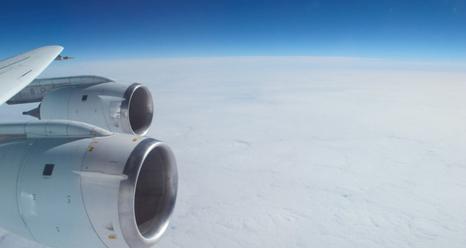
Scientists and flight crew members with NASA's airborne mission to study Earth's polar ice are beginning another Antarctic campaign.
Students Invited to Connect with NASA Earth Explorers
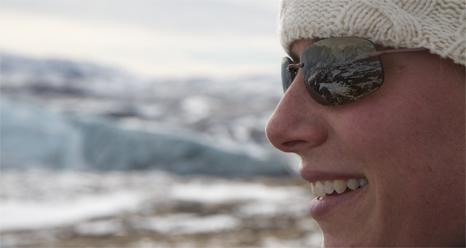
NASA Earth explorers will take students on virtual trips around the world to inspire them to pursue science, technology, engineering and math careers.
NASA's ER-2 Checks Out Atmospheric Science Sensors

A NASA ER-2 is conducting engineering evaluations of and collecting science data with TWiLiTE and NAST-I atmospheric sensors.
HS3 Mission Thoroughly Investigates Long-Lived Hurricane Nadine
NASA's Hurricane and Severe Storm Sentinel scientists had a fascinating tropical cyclone to study in long-lived Hurricane Nadine. NASA's Global Hawk aircraft has investigated Nadine five times during the storm's lifetime.
NASA Airborne Radar to Study Volcanoes in Alaska and Japan
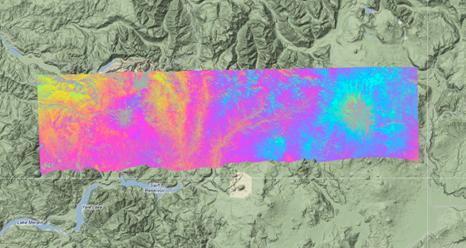
NASA's Airborne Science C-20A, carrying JPL's UAVSAR sensor, travels to Alaska and Japan this week for a radar imaging study of active volcanoes.
Cutting-Edge Technology Makes NASA's Hurricane Mission a Reality
Scientists are currently flying a suite of state-of-the-art instruments that are gathering difficult-to-obtain measurements of wind speeds, precipitation, and cloud structures in and around tropical storms.
NASA Explores Underground Substructures Below Fault
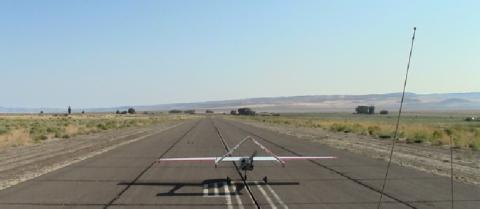
The Sensor Integrated Environmental Remote Research Aircraft (SIERRA) allows scientists to explore hidden underground substructures below Surprise Valley fault.
High-Flying NASA Aircraft Helps Develop New Science Instruments
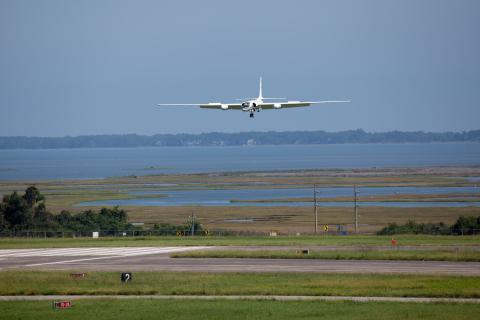
Over the next few weeks, an ER-2 high altitude research aircraft will take part in the development of two future satellite instruments.
NASA Global Hawk Watches Tropical Storm Nadine's 'Birth'
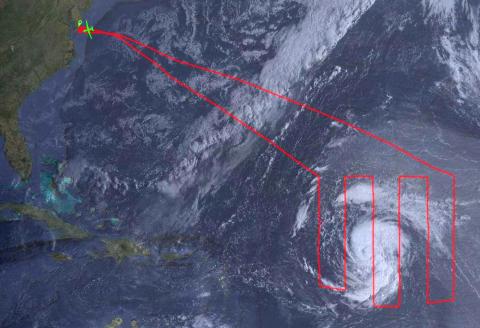
Tropical Depression 14 strengthened into Tropical Storm Nadine while NASA's Global Hawk aircraft captured the event. While the Global Hawk was gathering data over the storm, NASA satellites were also analyzing Nadine from space.
NASA's HS3 Mission Begins with Flight to Hurricane Leslie
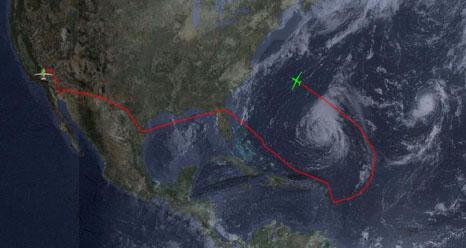
NASA has begun its latest hurricane science field campaign by flying an unmanned Global Hawk aircraft over Hurricane Leslie in the Atlantic Ocean during a day-long flight that began in California and ended in Virginia.
Two Hurricane Global Hawks, Two Sets of Instruments
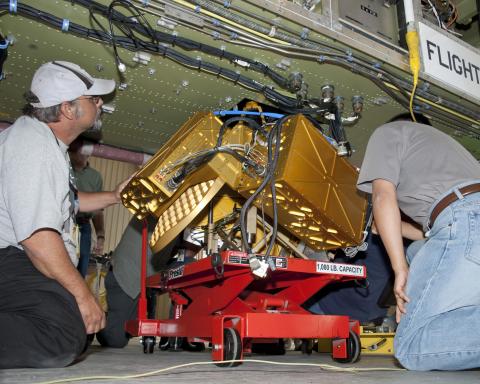
HS3 will study hurricanes at the end of the summer, flying two high-altitude, long-duration unmanned aircraft with different instruments over the storms.
NASA's New Way to Track Formaldehyde
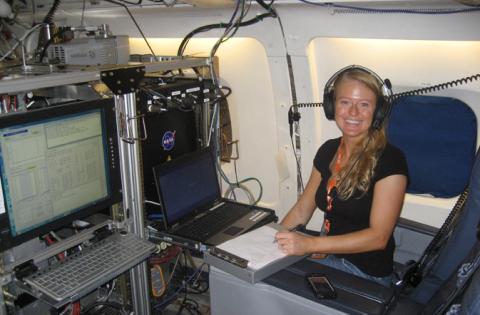
Urban pollution, such as formaldehyde, that winds up in Earth's upper atmosphere can wreak havoc on the ozone layer.
NASA ER-2 Collects Perseid Meteor Shower Dust
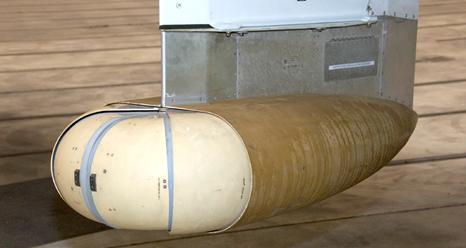
NASA's ER-2 is using underwing Large Area Collectors to collect cosmic dust during the Perseid meteor shower the second week of August.
NASA Conducts Airborne Study of Colorado Landslide
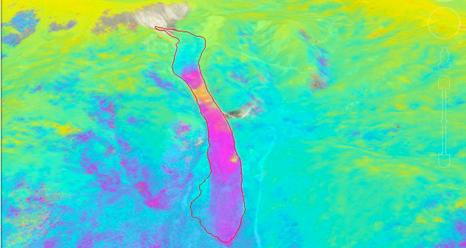
Radar images of Colorado's centuries-old Slumgullion landslide from NASA's C-20A Earth science aircraft aid scientists' understanding of slide motion.

